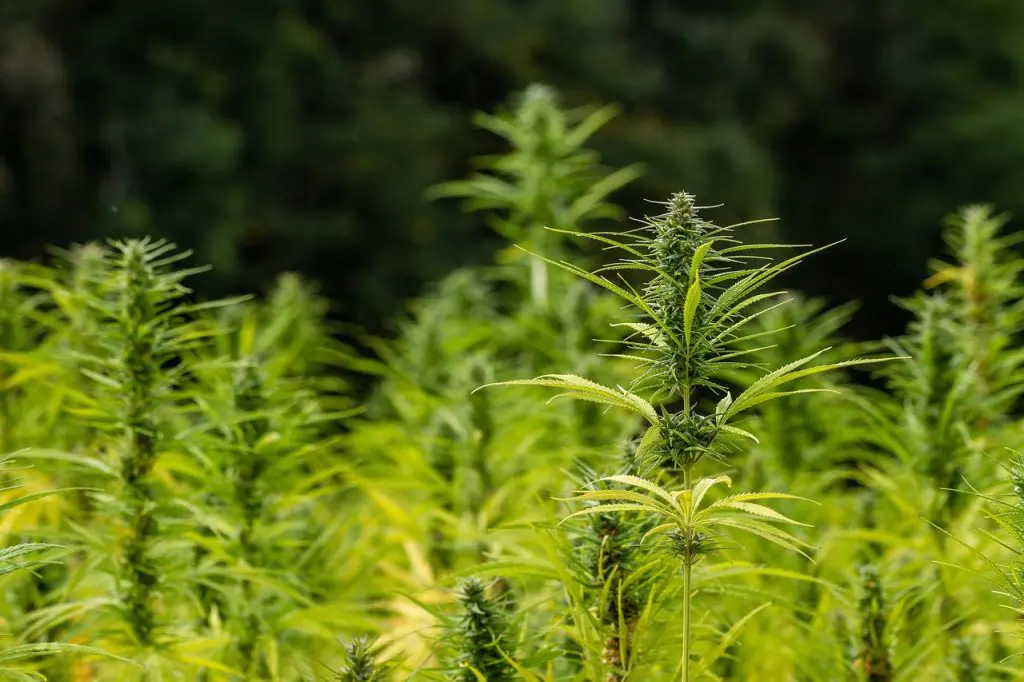
France Builds Public Housing with Hempcrete—Why Isn’t Ireland Following Suit? In the move toward low-carbon and climate-resilient construction, biomaterials like hempcrete are gaining attention across Europe. France, the EU’s largest producer of industrial hemp, is actively incorporating hempcrete in public housing projects. One such example is a terrace block of 15 social flats on Rue […]
In the move toward low-carbon and climate-resilient construction, biomaterials like hempcrete are gaining attention across Europe. France, the EU’s largest producer of industrial hemp, is actively incorporating hempcrete in public housing projects. One such example is a terrace block of 15 social flats on Rue Marx Dormoy in Paris, built with timber frames and hempcrete by architecture firm Barrault Pressacco. Even the bay windows in the project are made from hemp-based materials.
While other European countries scale up hempcrete use and production, Ireland has been slow to develop a domestic industry, despite the material’s environmental benefits and its potential role in meeting climate targets and creating new agribusiness opportunities.
Hempcrete is a sustainable construction material made from the woody core of the hemp plant combined with a lime-based binder. It is not a load-bearing material, but is widely used for insulation, wall infill, and thermal regulation in buildings. It has been used in Europe, particularly France, since the 1990s.
Carbon-Negative Material: Hempcrete absorbs more CO₂ than it emits over its life cycle, unlike traditional concrete, which accounts for about 8% of global greenhouse gas emissions, triple that of aviation.
Thermal and Acoustic Performance: Hempcrete provides high thermal insulation, supports passive energy systems, and offers good acoustic protection.
Non-Toxic and Breathable: It contributes to indoor air quality with breathable walls and humidity regulation.
Durability and Biodegradability: It can last up to 100 years and is biodegradable.
However, it is not a structural material, so it must be paired with load-bearing systems such as timber frames.
Despite growing interest in sustainable construction, Ireland’s €8 billion national retrofit plan (to 2030) primarily relies on carbon-intensive plastic insulation. Meanwhile, hempcrete, which could offer a sustainable alternative, is not produced domestically at scale.
Licensing Challenges: Hemp farming in Ireland faces complex licensing procedures, which discourage farmers.
Lack of Processing Infrastructure: There is no large-scale hempcrete manufacturing facility in the country.
Cultural Perceptions: Hemp’s association with cannabis—despite lacking psychoactive properties—remains a significant cultural and political barrier.
Policy Gaps: There is limited public policy support for industrial hemp as a construction material.
Currently, Irish companies such as HempBuild and GráHemp supply hempcrete products, but these are imported, not locally produced.
Across the EU, hemp cultivation has increased dramatically. Between 2012 and 2022, the area used for growing hemp fibre grew by 60%, and production increased by over 84%, reaching more than 179,000 tonnes. France leads this growth, followed by Germany and the Netherlands.
In Ireland, there are early signs of interest. In early 2024, Teagasc, the national agricultural research agency, held a seminar on industrial hemp, highlighting its potential in climate action and agribusiness.
“Hemp can support Ireland’s climate goals while providing farmers with new revenue streams,” said Fiona Thorne, Teagasc senior research officer. However, she added that significant investment is needed in processing facilities and market development.
Hempcrete is just one part of a broader shift toward biomaterials in construction. Other underutilised natural materials in Ireland include:
Sheep’s wool: Ireland has 3.7 million sheep, yet farmers often burn the wool due to lack of a market. Meanwhile, Irish businesses import wool insulation from the UK and Austria.
Straw, flax, and mycelium: These are already used elsewhere in Europe to produce natural insulation and building materials, but Ireland has yet to develop related industries.
Ireland’s fragmented approach to sustainable building materials is evident in the Steering Group on Timber in Construction, which focuses only on timber use, excluding hempcrete and other agri-based materials. In contrast, countries like France use hempcrete and timber in tandem to deliver low-carbon buildings.
The Irish Green Building Council’s May 2025 roadmap, Building a Circular Ireland, calls for a bioeconomy strategy in construction that integrates reuse models, material circularity, and agri-crop supply chains.
France demonstrates how hempcrete and timber can be effectively used to deliver sustainable, public housing. Ireland, despite having the agricultural capacity and pressing climate targets, has not developed the policy framework or infrastructure needed to realise the potential of hempcrete and other biomaterials.
If Ireland aims to decarbonise construction, support farmers, and meet climate obligations, developing a hempcrete industry could be a logical step. But it will require policy change, investment in research and processing, and a shift in mindset—away from conventional materials and toward innovative, climate-resilient solutions.
At All-Ireland Sustainability, we’re committed to building a greener, fairer island—together. Stay informed on the latest environmental initiatives, community action, and policy developments shaping sustainability across Ireland, North and South.
👉 Sign up for our newsletter today and be the first to hear about upcoming events, expert insights, and ways to get involved.
Whether you’re a seasoned advocate or just starting your journey, new members are always welcome—your voice matters.
Subscribe now and be part of the All-Ireland Sustainability network.